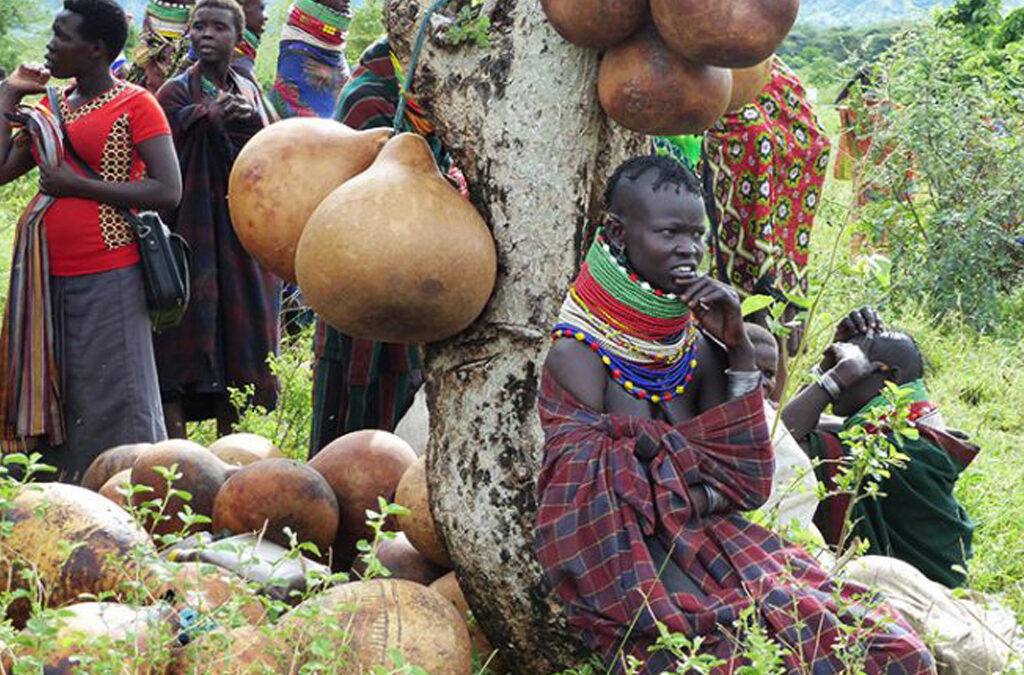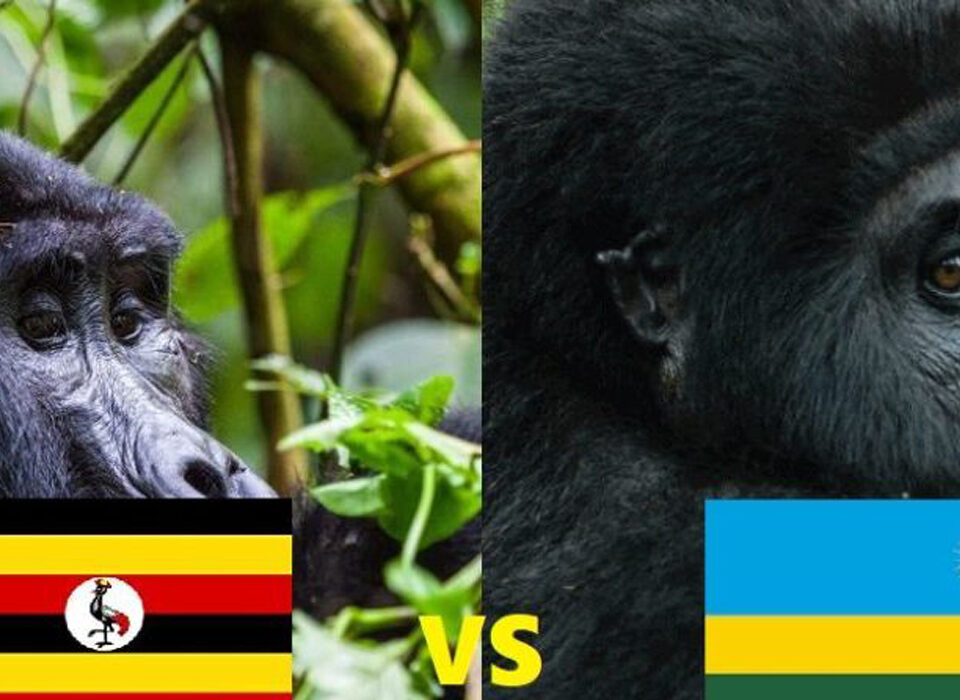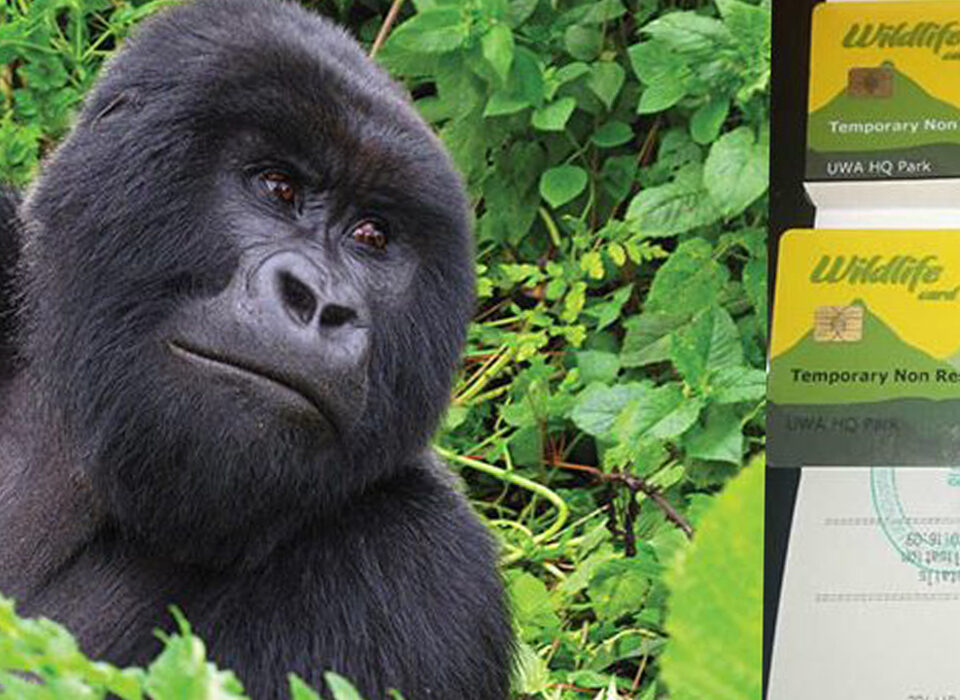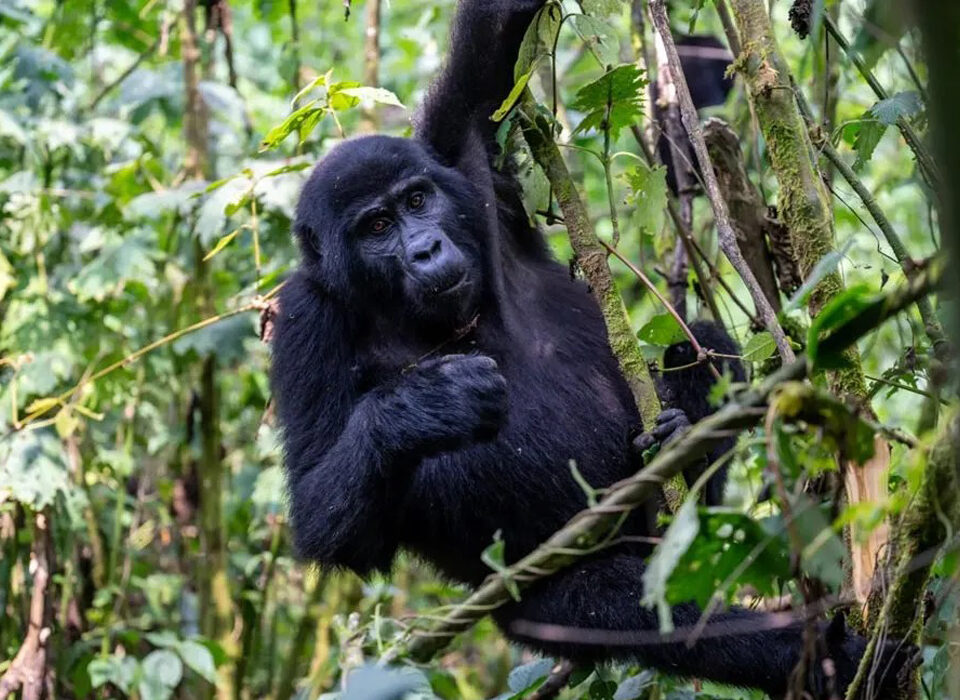- GET IN TOUCH WITH US:
- +256 753518160
- +256 777842166
- info@experiyatourcompany.com

Most Popular Gorilla Family Groups in Rwanda
October 3, 2025
Best Time for Chimpanzee Trekking
October 6, 2025Why Visiting Uganda is a Unique Safari

Uganda, often called the “Pearl of Africa,” is where the raw beauty of East Africa collides with a tapestry of wildlife, culture, and landscapes. A safari here feels unlike any other on the continent. It is not limited to game drives across open savannahs; instead, it unfolds as a journey of diverse experiences. One day you trek gorillas in misty rainforests, the next you follow chimpanzees through the jungle, and soon after you encounter the Big Five or cruise along the Nile.
Many travelers often wonder what makes a Ugandan safari stand out compared to Kenya or Tanzania. The answer lies in its rhythm, its variety of activities, and the seamless blend of culture, adventure, and nature.
The Flow of a Uganda Safari
Your safari usually begins in either Entebbe or Kampala, depending on where you land. Most journeys start with a quiet evening in Entebbe after arriving at the international airport, giving you time to rest and adjust before the adventure begins.
Unlike in Kenya or Tanzania, where you might immediately fly into the wilderness, Uganda invites you to begin with a road journey. These drives take you past rolling green hills, tea fields, banana plantations, and crater lakes. Along the way, you see the rhythm of Ugandan life, which adds authenticity to the journey.
From there, the safari flows naturally between rainforest and savannah. One day you trek gorillas in Bwindi or track chimpanzees in Kibale, and the next you find yourself on a game drive in Queen Elizabeth or Murchison Falls National Park. The scenery shifts dramatically every few days, giving the trip an evolving narrative.
Evenings bring rest at lodges or tented camps, many of which are tucked into spectacular settings—on crater rims, by lakes, or in deep forest clearings. Often, you also connect with communities through cultural experiences or performances that highlight the human side of conservation. Eventually, the safari winds down back in Entebbe or Kampala, though some travelers end in Kigali after trekking gorillas in the southwest. By the time you leave, you will have experienced gorillas, chimps, lions, elephants, and a rich slice of Ugandan culture.
This flow—road journeys, diverse landscapes, and varied wildlife—makes a Ugandan safari feel like a story that unfolds chapter by chapter.
Iconic Experiences on a Uganda Safari
Gorilla Trekking in Bwindi Impenetrable National Park
The highlight of most safaris in Uganda is gorilla trekking. Hiking through the misty jungles of Bwindi, you spend hours searching for a gorilla family. The trek can last anywhere from two to six hours, but when you finally lock eyes with a silverback or watch juveniles playing in the undergrowth, the effort melts away. For those seeking more time, the Gorilla Habituation Experience lets you spend up to four hours with a semi-habituated group.
Chimpanzee Tracking in Kibale Forest
Kibale Forest, often called the primate capital of East Africa, offers a completely different adventure. Here, over 1,500 chimpanzees roam the jungle. Tracking them involves following their calls and movements through the forest. The experience is intense and electrifying—chimps are noisy, social, and fast-moving. Enthusiasts can also join the Chimpanzee Habituation Experience and spend an entire day with a troop.
Game Drives in Savannah Parks
Uganda’s savannah parks rival the classic safari destinations of East Africa. In Queen Elizabeth National Park, you may spot tree-climbing lions in Ishasha, large elephant herds, buffalo, and over 600 bird species. Murchison Falls National Park dazzles with its powerful waterfall where the Nile squeezes through a narrow gorge, while game drives reveal giraffes, lions, and leopards. Kidepo Valley, more remote and wild, rewards those who venture there with sweeping savannahs, vast buffalo herds, and even cheetahs.
Boat Safaris on Uganda’s Waters
Uganda stands out for its water-based safaris. A cruise along the Kazinga Channel in Queen Elizabeth National Park brings you close to hippos, crocodiles, elephants, and countless birds. At Murchison Falls, boat safaris combine game viewing with the breathtaking approach to the roaring falls.
Cultural Connections
Cultural experiences enrich every safari. Whether visiting the Bigodi Wetland Sanctuary, joining Batwa communities near Bwindi, or staying with local families, you gain a deeper understanding of how Ugandans live alongside wildlife.
Birdwatching Paradise
Uganda is a dream for birdwatchers, with more than 1,070 recorded species. Birders flock here to see rare species such as the shoebill stork in Mabamba Swamp, the African green broadbill in Bwindi, and unique papyrus species found near Queen Elizabeth National Park.
The Best Time to Visit Uganda
You can visit Uganda all year round, but the dry seasons—from June to August and December to February—offer the best conditions. Trails are less muddy, wildlife is easier to see, and gorilla trekking is more comfortable.
The wet seasons, from March to May and September to November, bring heavier rains, which make trekking more challenging. Yet, these months have their advantages: the landscapes glow in lush green, birding peaks, and lodges often lower their rates. Rain tends to come in short bursts rather than all day, so safaris remain possible.
Uganda’s Weather and Climate
Although Uganda straddles the equator, its elevation between 1,000 and 2,000 meters keeps the climate mild. Daytime temperatures usually range between 24°C and 30°C (75°F–86°F), while nighttime can drop to 10°C (50°F) in higher-altitude areas like Bwindi. Visitors often experience dramatic shifts, sweating in the savannah one day and needing a fleece in the cool mountain forests the next.
What to Pack for a Uganda Safari
Packing well ensures your comfort across varied environments. Lightweight, neutral clothing works best, with long sleeves and trousers for treks. A warm jacket helps in high-altitude areas, while a raincoat or poncho prepares you for sudden showers. Good hiking boots are essential for gorilla and chimpanzee trekking, along with a daypack, gloves, and gaiters.
Do not forget binoculars, a camera with spare batteries, insect repellent, sunscreen, and a wide-brimmed hat. Personal medications, a first-aid kit, and your travel documents—including gorilla and chimpanzee permits—are also must-haves.
What to Expect During a Uganda Safari
A safari in Uganda combines adventure with comfort. Gorilla and chimpanzee trekking demand effort, sometimes involving steep climbs or thick vegetation, but porters are available to help. Wildlife encounters are intimate—you may stand just a few meters from a gorilla, an elephant, or even a hippo.
Road travel can be long, often five to eight hours between parks, yet the scenery and stopovers make the drives rewarding. Domestic flights are an option for those who prefer faster connections. Throughout the journey, you will feel the warmth of Ugandan hospitality, with locals greeting you with smiles and genuine pride in their country.
The diversity of landscapes ensures no two days look alike. One morning may begin with savannah plains, the next with volcanic mountains, and later with lush wetlands. This variety is what truly distinguishes Uganda from other safari destinations.
Conclusion: Why a Uganda Safari Stands Out
So, how is a Uganda safari? It is adventurous, diverse, and deeply rewarding. While some African destinations focus mainly on savannah game drives, Uganda weaves together multiple experiences—gorillas in misty jungles, chimps in vibrant forests, lions lounging in fig trees, elephants along the Nile, and colorful cultures at every stop.
The best time to visit is during the dry season, yet even the rains bring their own charm. With the right preparation, you will be ready for both demanding treks and serene river cruises.
Ultimately, a Ugandan safari is not about ticking animals off a list. It is about the emotion of standing before a gorilla, the thrill of hearing chimps echo through Kibale, the spray of Murchison Falls on your face, and the warmth of Ugandan hospitality. Like the Nile, this journey flows with power, surprise, and unforgettable beauty.



